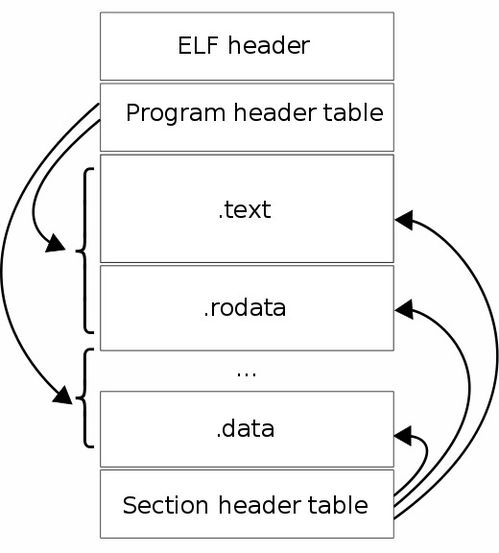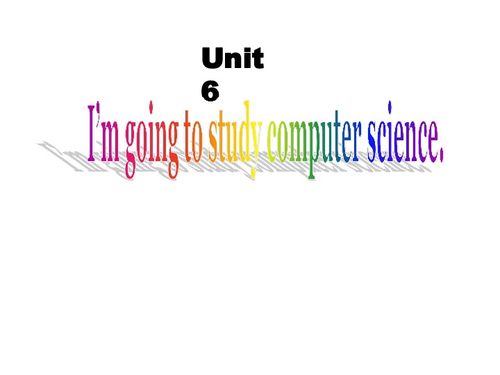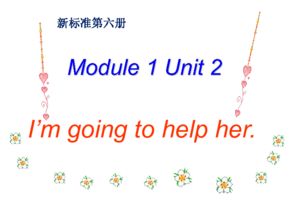Cu.m to Metric Ton: A Comprehensive Guide
When it comes to converting cubic meters (cu.m) to metric tons, understanding the process and the factors involved is crucial. This guide will delve into the details, providing you with a multi-dimensional perspective on this conversion.
Understanding Cubic Meters

Cubic meters, or cu.m, are a unit of volume commonly used in the metric system. It represents the amount of space occupied by an object or substance. To visualize it, imagine a cube with sides measuring one meter each. The volume of this cube would be one cubic meter.
Understanding Metric Tons

Metric tons, often denoted as mt, are a unit of mass commonly used in the metric system. It is equivalent to 1,000 kilograms or 2,204.62 pounds. Metric tons are often used to measure the weight of heavy objects or substances.
The Conversion Formula

Converting cubic meters to metric tons requires a specific formula. The formula is as follows:
Weight in metric tons = Volume in cubic meters x Density
The density of a substance is its mass per unit volume. It varies depending on the material being measured. For example, the density of water is approximately 1,000 kilograms per cubic meter, while the density of gold is around 19,300 kilograms per cubic meter.
Example Conversion
Let’s say you have a container with a volume of 5 cubic meters of water. To convert this to metric tons, you would multiply the volume by the density of water:
Weight in metric tons = 5 cu.m x 1,000 kg/cu.m = 5,000 kg
Since 1 metric ton is equal to 1,000 kilograms, the weight of the water in metric tons would be 5 metric tons.
Factors Affecting Conversion
Several factors can affect the conversion from cubic meters to metric tons:
-
Density: As mentioned earlier, the density of the substance being measured plays a crucial role in the conversion. Different materials have different densities, which can significantly impact the final weight in metric tons.
-
Temperature: The temperature of the substance can also affect its density. For example, water expands when heated, which can lead to a decrease in density and, consequently, a lower weight in metric tons.
-
Pressure: Changes in pressure can also affect the density of a substance. For instance, increasing pressure can compress a gas, leading to a decrease in volume and an increase in weight in metric tons.
Applications of Cu.m to Metric Ton Conversion
The conversion from cubic meters to metric tons is widely used in various fields:
-
Construction: When designing buildings or infrastructure, it’s essential to know the weight of materials, such as concrete or steel, in metric tons to ensure structural integrity.
-
Transportation: Shipping companies need to convert cubic meters to metric tons to determine the weight of cargo and ensure compliance with shipping regulations.
-
Environmental Science: In environmental studies, the conversion is used to estimate the volume of waste or emissions and their impact on the environment.
Conclusion
Converting cubic meters to metric tons is a vital process in various industries and fields. By understanding the conversion formula, factors affecting the conversion, and its applications, you can ensure accurate and reliable results. Always remember to consider the density of the substance, temperature, and pressure when performing this conversion.
| Material | Density (kg/cu.m) |
|---|---|
| Water | 1,000 |
| Gold | 19,300 |
| Iron | 7,860 |
| Aluminum | 2,700 |




